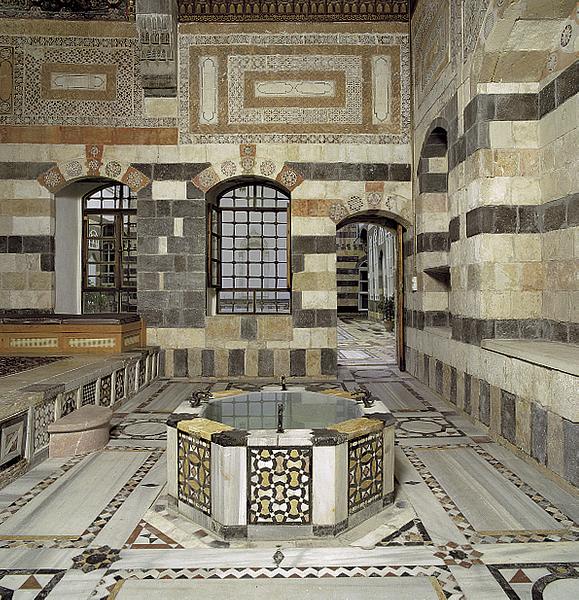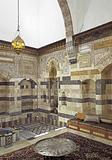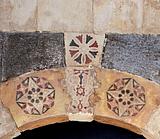Bayt al-Aqqad – a House in Damascus
May 15, 2009 - August 7, 2011
The special exhibition at the David Collection features the building that the Syrian government placed at the disposal of the Danish Institute in Damascus in 1997. After major restoration, Bayt al-Aqqad now stands as a splendid example of Islamic urban architecture. The Syrian state’s purchase of the building and its restoration were financed by funds from the C. L. David Foundation and Collection.
The house’s oldest parts date to the 15th century. In the ensuing centuries, however, changing styles left their mark on the building complex. The exhibition visitor can follow the house’s history from the time when it was built in around 1470 on the ruins of the Roman theater of Herod the Great. This oldest, distinguished residence, whose facades were richly decorated in Mamluk style with ornaments in colored stone, was rebuilt and decorated in the middle of the 18th century, transforming it into a beautiful, modern abode for the merchant Ismail al-Hariri in 1764. Over the next 150 years, new owners made their own changes to the house. In around 1840, “the blue room” was decorated with gilded carvings and murals, and toward the end of the 19th century, two new wings flanking the Mamluk courtyard were added, to the delight of the large Aqqad family’s sons and daughters-in-law.
When restoration began on Bayt al-Aqqad in 1997, it was sorely dilapidated, after having been vacant for more than twenty years. First and foremost, the buildings in the complex had to be stabilized and the character of the old “historical” rooms had to be preserved in a way that also gave them a function in the institute’s daily operations. Walls, ceilings, and floors that had collapsed had to be rebuilt; other walls and ceilings, along with painted panels, had to be cleaned and conserved.
Under the supervision of the architect Bente Lange, the restoration of Bayt al-Aqqad was carried out as a unique collaborative effort by Syrian museum professionals and craftsmen and Danish architects and conservators from the National Museum of Denmark. Restoration was carried out in three years, making it possible to inaugurate the building in autumn 2000.
The special exhibition is the result of collaboration between Professor Peder Mortensen and the architect Anne Schnettler www.schnettler.dk..





